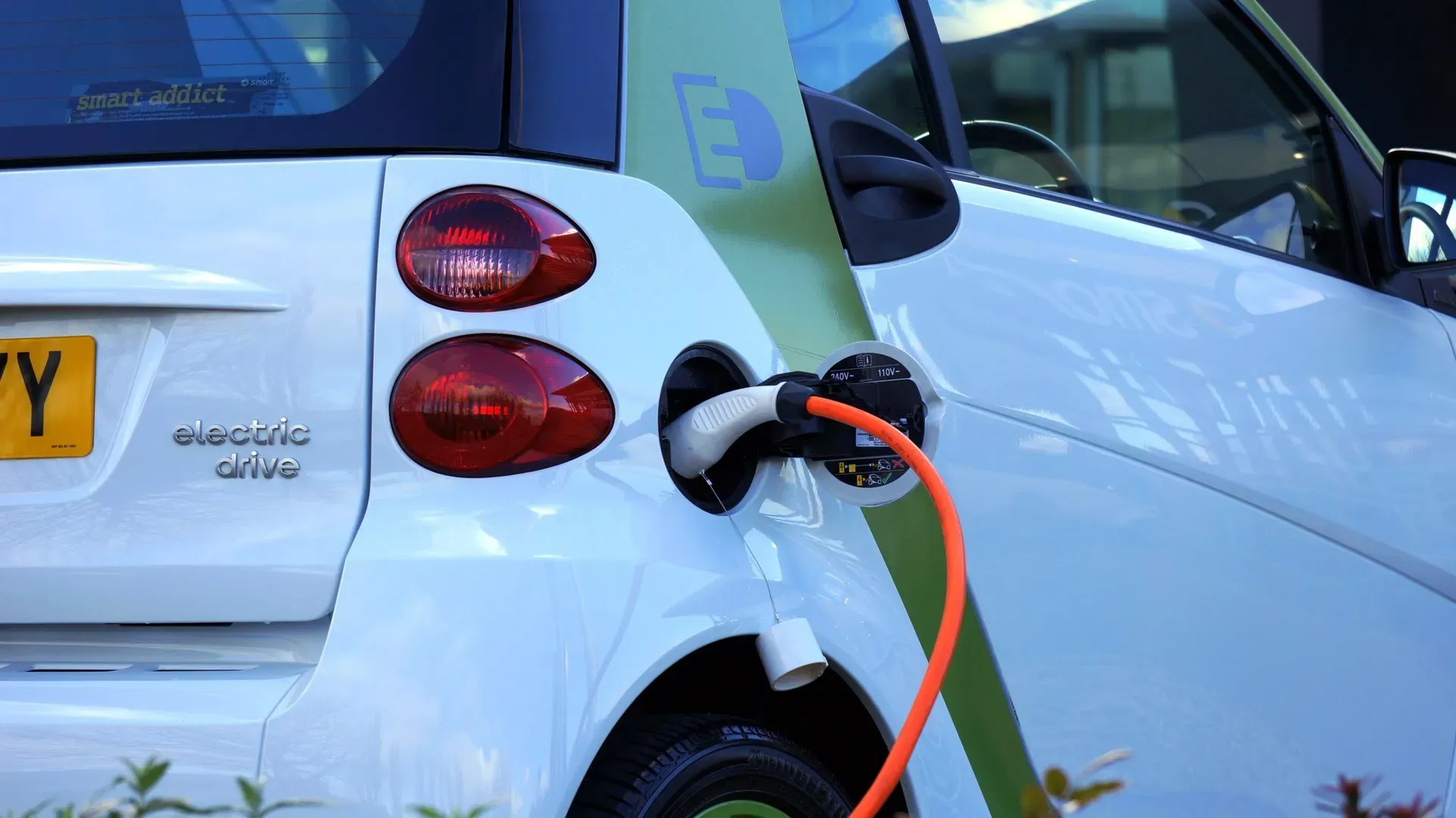In October, lamppost EV charging provider Ubitricity rolled out a new pricing structure, which included a higher p/kWh rate for peak times. In this blog, we will look at why Ubitricity has taken this step, and how other lamppost charge point operators are structuring their tariffs.
How and why has Ubitricity changed its pricing?
Ubitricity’s October tariff includes a new 79p/kWh peak between 4-7pm. Ubitricity also dropped the overnight off-peak it had previously included in its tariff between May and September. Avid readers of Distribution Network Operator (DNO) charging statements may recognise a pattern here. For what is called unmetered demand, a bracket which lampposts fall into, DNOs impose a high black rate” p/kWh tariff over the winter as part of Distribution Use of System (DUoS) payments. This usually falls between 4pm and 7pm over November to February, although there are some slight differences across DNOs. For the rest of the year, yellow/amber rates (7am-11pm) and green rates (11pm-7am) remain unchanged. Ubitricity confirmed the introduction of the peak price is due to the very high non-commodity charge” for unmetered supply in the evening over the winter period.
What about other lamppost charge point operators (CPOs)?
Using data from Zapmap, we estimate that at least a third of all public charge points on the non-rapid network are lamppost chargers. Looking at on-street charge points, its more than 80%. For drivers without their own charge points at home, a significant portion of available slow chargers will be paying these peak winter DUoS rates. So, how are different lamppost charging companies pricing their tariffs? While we cannot know the details of commercial arrangements between charge point operators and electricity suppliers, which may have an impact on what tariff options are available for drivers, it is interesting to compare across the customer facing tariffs on offer.
For Ubitricity, we have seen a kind of pass-through approach, with an evening peak introduced in December 2022 and again this month, and a flatter tariff over summer 2023 when most DNOs remove the black rate. To help its customers navigate these varying rates, Ubitricity has introduced smart charging at its charge points to automatically pause charging over the 4-7pm peak. The CPO said this is a better deal for its customers than spreading the higher charges across the day. There are some differences: Ubitricity does not retain cheaper overnight rates through the winter (despite DNO green rates remaining), and does not appear to reflect the fact that London has a second black rate in summer between 11am and 2pm. Char.gy, another lamppost charge point operator which introduced a multi-rate tariff in December 2022, has also incorporated an aspect of the DNO unmetered demand DUoS rates into its tariff for customers. Unlike Ubitricity, Char.gy’s tariff has an off-peak price from midnight to 7am (in line with the DUoS green rate period) all year round and does not include an evening peak. Rates were 29p/kWh in the off-peak window and 65p/kWh outside of this at launch, before changing to 39p/kWh and 60p/kWh in July 2023.
Lamppost charging provider Surecharge has taken a third approach, introducing cheaper prices on weekends in June this year. Charging on a weekday with Surecharge now costs 48p/kWh, and charging on a weekend costs 45p/kWh, compared to its previous all-week tariff of 69p/kWh. Network prices are lower on weekends, and a similar approach to Surecharge’s can be seen in British Gas’ PeakSave Sunday campaign.
What approach works for customers?
There is limited public evidence on customer responses to multi-rate public charging given how new an area it is. The Agile Streets trial, which made use of the smart metering system to offer drivers using on-street charging a choice between BOOST charging and a cheaper ECO tariff, found that drivers opted for the ECO option in over 80% of charging sessions. This shows an appetite for cheaper smart charging despite a slower charge and lends some support to Ubitricity’s approach of using smart charging to help customers avoid a peak rather than smearing high prices across the day.
What is not yet clear is how customer preferences may fall between such varying pricing structures as those offered by Ubitricity, Char.gy and Surecharge. Customers will not have the luxury of choice: the charge points and associated tariffs on their street will depend on the approach of their local council. For this reason, it is crucial that CPOs, councils, and energy suppliers understand the impacts of these tariffs on the experience of drivers, whether the tariffs described above are an appropriate response to high network and energy prices, or whether a more sophisticated solution such as the one trialled by Agile Streets should eventually be pursued.
Our EV Insight Service tracks key metrics including public EV charging tariffs and household EV tariffs, as well as charge point installs, vehicle sales, and leasing prices. The monthly data pack is complemented by a weekly EV newsletter tracking market and regulatory activity, and a bi-monthly forum including guest speakers and panel discussions.
For further information of the service, please contact b.reade@cornwall-insight.com


